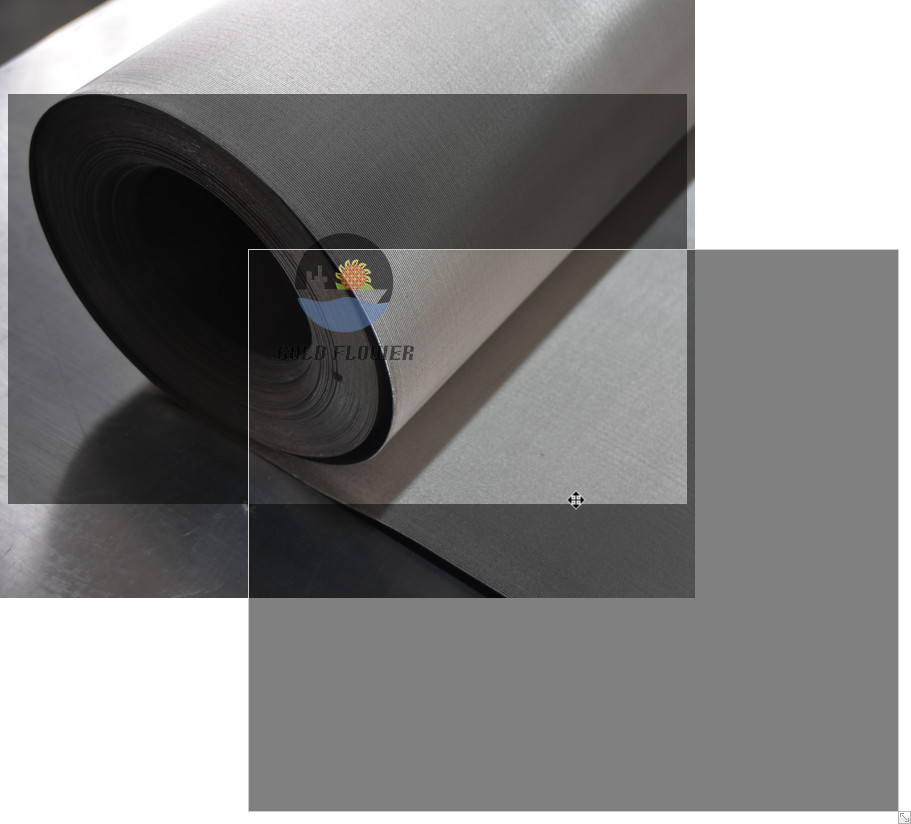Nov . 30, 2024 22:29 Back to list
best wire mesh for modelling
The Best Wire Mesh for Modelling
Wire mesh is an essential tool in various fields, including architecture, engineering, craft, and model-making. When it comes to creating models, the choice of wire mesh can significantly affect the overall texture, durability, and visual appeal of the finished product. In this article, we will explore the best types of wire mesh for modelling, considering factors such as material, gauge, and weave type.
Understanding Wire Mesh
At its core, wire mesh refers to a material made of interconnected wire strands. The manner in which these strands are arranged can vary greatly, leading to different characteristics that may be advantageous for different modelling tasks. The two primary elements to consider when selecting wire mesh are the material from which the wire is made and the configurations of the strands.
Types of Materials
1. Steel Wire Mesh Steel is a popular choice for its strength and durability. It is particularly useful for structural models or when the model is expected to endure a significant amount of stress. Steel wire mesh can be coated to prevent rust, making it suitable for outdoor models as well.
2. Aluminum Wire Mesh Aluminum is lightweight and resistant to corrosion, which makes it a fantastic choice for projects where weight is a concern. It is often easier to work with and can be shaped without breaking, making it ideal for intricate models.
3. PVC Coated Wire Mesh The PVC coating provides additional durability and a smooth finish. This type is often used in craft projects, as it can come in various colors, allowing for more creativity in design.
4. Copper Wire Mesh Copper offers a unique aesthetic and can be easily manipulated. It is often favored in craft applications because it develops a patina over time, adding character to the model.
Gauges and Weave Types
best wire mesh for modelling

The wire gauge, or thickness, of the mesh significantly impacts the strength and flexibility of the material
. A lower gauge number indicates a thicker wire, while a higher number refers to finer wires- Thick Wire (Lower Gauge) This is ideal for projects requiring strength and stability, such as architectural models or garden sculptures. Although heavier and less flexible, thick wire mesh provides a solid structure.
- Thin Wire (Higher Gauge) Perfect for delicate projects, higher gauge wire can be used to create intricate patterns and details. This is particularly useful in art and craft projects where finesse is key.
Furthermore, the weave type of the wire mesh can also play a critical role in its application
- Welded Wire Mesh This type features wires that are permanently welded at the intersections, providing high strength and rigidity. It is excellent for creating sturdy structures.
- Knotted Wire Mesh This weaving method creates a more flexible mesh. It’s often used in applications that require some movement or adaptability without breaking.
- Hexagonal Wire Mesh Often associated with chicken wire, this type is great for creating rounded forms and can be easily shaped into curves for creative modelling applications.
Conclusion
Choosing the best wire mesh for modelling depends on several factors, including the desired outcome of the project, the tools and techniques you plan to use, and the environmental conditions the finished model will face. Whether you are constructing a delicate architectural model, a striking sculpture, or a creative craft project, understanding the different types of wire mesh will help you make an informed decision.
In summary, both the material and structure of the wire mesh play essential roles in the modelling process. Steel and aluminum offer strength and durability, while copper and PVC-coated options allow for creativity and aesthetic appeal. By considering these characteristics carefully, you can select the perfect wire mesh for your specific modelling needs, ensuring a successful and enjoyable experience in your creative endeavors.
share
-
CE Certified 250 Micron Stainless Steel Mesh | Precision & Durability
NewsAug.27,2025
-
CE Certified 250 Micron Stainless Steel Mesh for Precision & Durability
NewsAug.26,2025
-
CE Certified 250 Micron Stainless Steel Mesh for Precision & Durability
NewsAug.25,2025
-
Premium CE Certified Metal Fine Mesh for Precision & Safety
NewsAug.24,2025
-
Stainless Steel Wedge Wire Mesh: Durable, Precision Filtration
NewsAug.23,2025
-
CE Certified 250 Micron Stainless Steel Mesh for Precision Filtration
NewsAug.22,2025

